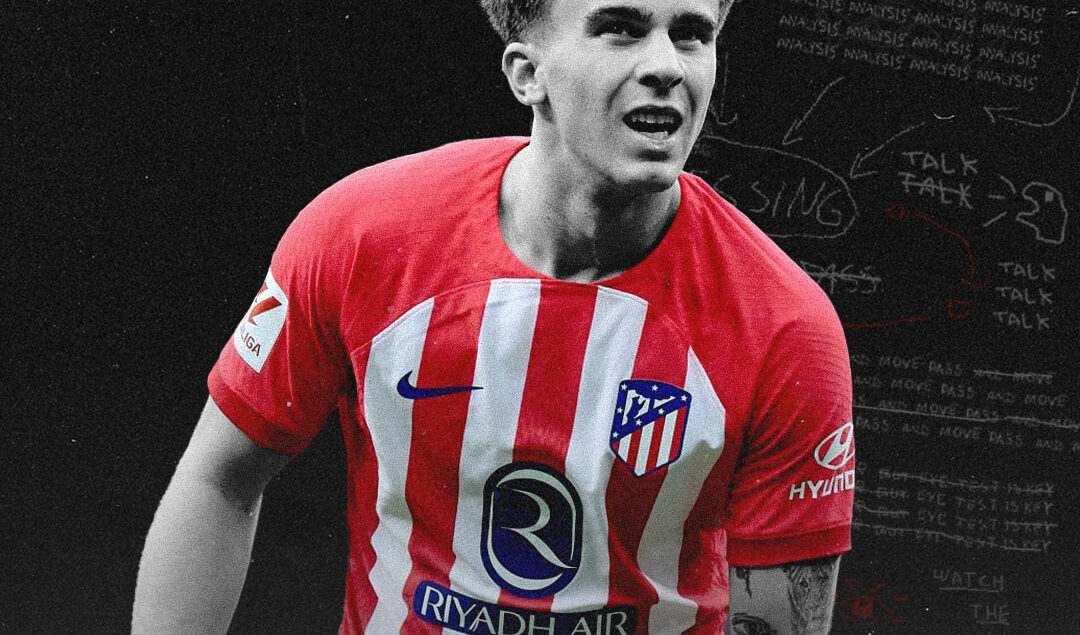Strategic Moves and Club Development
In the world of sports, strategic club management and the meticulous use of transfers can significantly influence a team’s trajectory. Transfers, beyond merely acquiring new talent, serve as pivotal instruments for clubs aiming to build or rejuvenate their squads. This article explores how various clubs have employed transfers as strategic tools to ascend in leagues or, conversely, have struggled despite hefty investments.
Football
Football stands as the epitome of transfer market frenzy, with astronomical sums changing hands for top talents. Clubs like Man City and Paris Saint-Germain continue to set the benchmark for lavish spending, often securing marquee signings for eye-watering fees.
However, success in football goes beyond the chequebook. Leicester City’s fairy-tale Premier League triumph in 2016 showcased how astute scouting and team cohesion can triumph over financial might. Moreover, clubs like Borussia Dortmund have excelled in nurturing young talent, leveraging smart transfers to build competitive teams without breaking the bank.
Rugby
The strategic deployment of transfers is evident in football, but it’s equally significant in rugby, where the dynamics of the game and the market can lead to dramatic shifts in club fortunes. Rugby transfer rumours often hint at potential moves that could reshape the strategies of many clubs, especially in the run-up to a new season.
One illustrative success story is that of Exeter Chiefs in the English Premiership. Historically a smaller club, Exeter’s astute recruitment strategy, focusing on nurturing young talent and making shrewd signings, catapulted them from the lower tiers of English rugby to Premiership champions. Their approach emphasises the importance of strategic long-term planning over mere short-term gains from star signings.
Basketball
In the NBA, the concept of ‘super teams’ has become prevalent, where franchises assemble star-studded rosters in pursuit of championship glory. The Miami Heat’s ‘Big Three’ era, featuring LeBron James, Dwyane Wade, and Chris Bosh, epitomised this strategy, resulting in multiple NBA Finals appearances and two championships.
However, success isn’t guaranteed, as seen with the Brooklyn Nets, who struggled to integrate their star trio of Kevin Durant, Kyrie Irving, and James Harden due to injuries and chemistry issues. The delicate balance between individual talent and team chemistry remains pivotal in basketball’s transfer market dynamics.
Conclusion
In conclusion, transfers are a double-edged sword in terms of club development. They can propel a club to unprecedented heights or lead them into financial and competitive disarray. Clubs that have thrived tend to be those that harness opportunities with a clear strategic vision, balancing star signings with solid team-building and youth development, thereby ensuring sustainability and success on the pitch.
